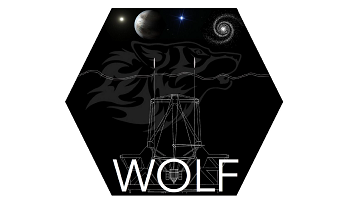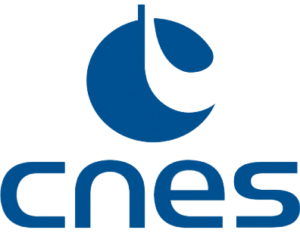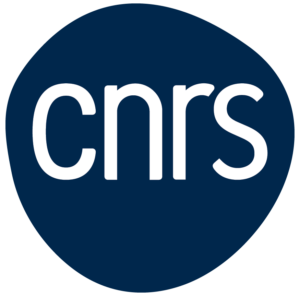
Europe has just launched the construction of the largest ground-based telescope : the ELT. In operation by 2024, this 40m giant will open a new era in astronomy. It will answer fundamental questions from the search and characterization of extra-solar planets (the ultimate goal being the exo-earth imaging) to the formation and evolution of the first galaxies of the Universe. In order to achieve these ambitious objectives, telescopes have to correct aberrations introduced by the atmosphere in real time ; this is the role of Adaptive Optics [AO].
-
Wavefront sensors [WFSs]
Wavefront sensors [WFSs] are at the heart of this state-of-the-art instrumentation technique and their characteristics are the key to achieving the ultimate performance of ground-based telescopes. To enable the characterization of exo-planets or the study of distant galaxies, WFS performance gains of an order of magnitude on the accuracy, the measurement speed and the robustness are required. This is the goal set by the WOLF project.
For this, we will rely on a new family of WFS – Fourier filtered Wavefront Sensors [FFWFS]. Our group (ONERA and LAM) has recently proposed a rigorous mathematical formalism which allows the description and study both qualitatively and quantitatively of the quite remarkable properties of these sensors. The WOLF project will use this formalism to design innovative FFWFS optimized according to the conditions of use (sensitivity, ultimate performance, linearity, robustness …). WOLF must therefore provide a set of new sensors, fully tested, validated and ready to be implemented on the future instruments of the ELT.
To achieve these ambitious goals, the work plan was divided into three stages of increasing complexity – each representing a key milestone of the project :
1. Theoretical and conceptual developments based on comprehensive simulation tools. This first step will allow us to propose the concepts of innovative FFWFS and to quantify their theoretical performance ;
2. An implementation of prototypes which will then be validated in laboratory using a unique experimental bench developed at LAM. This step will enable the performance of the sensors to be established as well as the calibration processes and the operating modes to be developed ;
3. On-sky validation using the 4-m William Herschel Telescope [WHT] and its CANARY AO platform. The FFWFS prototypes will be tested under the most realistic conditions possible. This step, although entailing risks inherent to any demonstration on an astronomical telescope, has a huge potential gain since it allows the WFS concepts to reach a level of maturity compatible with a future use of these sensors into operational astronomical instruments.
The team involved in WOLF brings together European experts in the field around 3 French institutes – ONERA, LAM (Marseille Observatory) and LESIA (Paris Observatory) – and 3 associated European partners : INAF Arcetri, INAF Padova and University of Durham. The project will benefit from ONERA and LAM simulation tools and infrastructure for laboratory testing and a privileged access to WHT through LESIA and the University of Durham. In conclusion, the WOLF project benefits from a unique synergy between European laboratories. It fits perfectly into the national strategy of instrumental development related to the ELT. It will be the ideal complement to the design studies of new AO systems and will push them to their ultimate limits in terms of performance and robustness.WOLF will be a key step in the development of the next generation of OA systems for the next 20 years that will allow to obtain major breakthroughs in the astrophysics.




